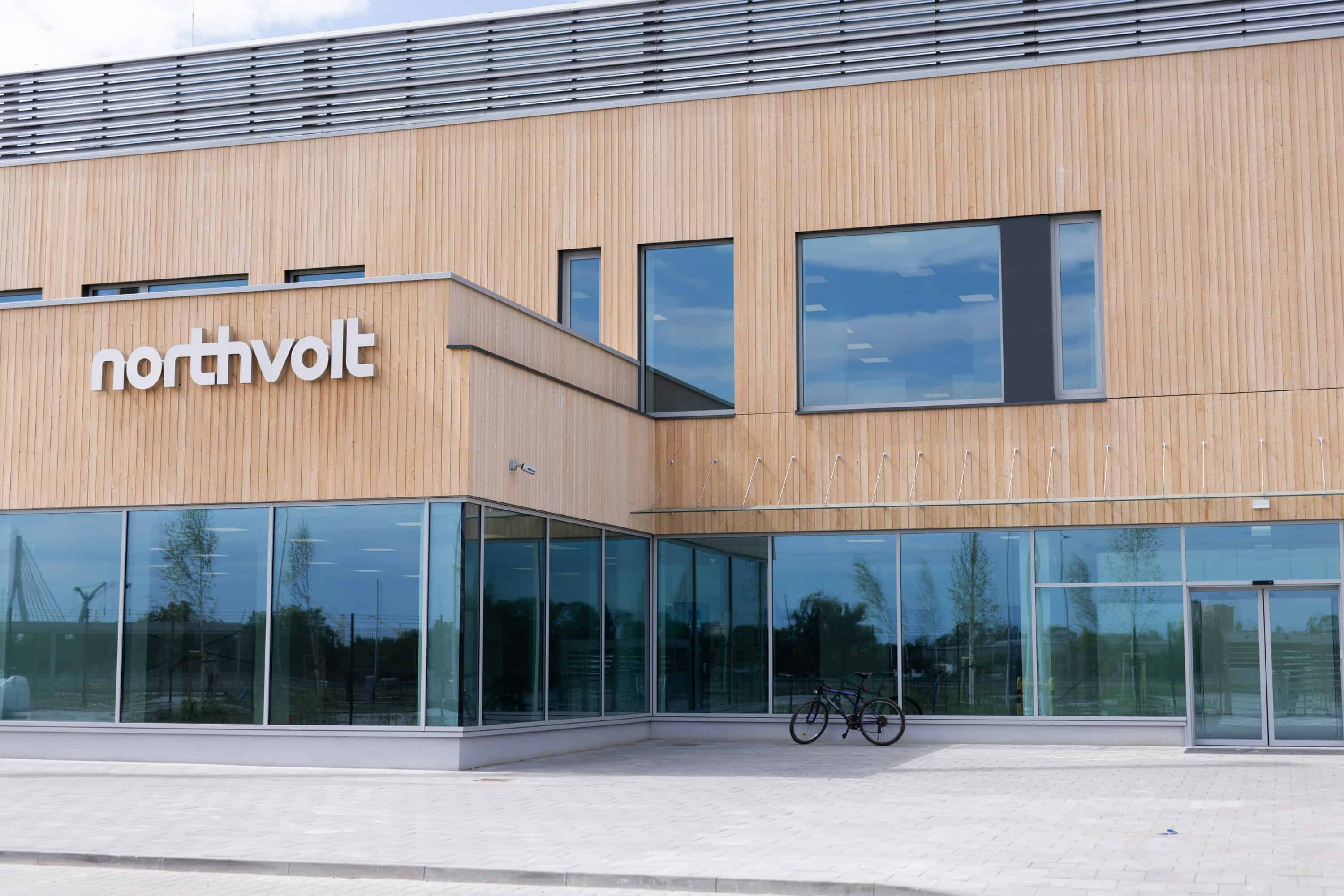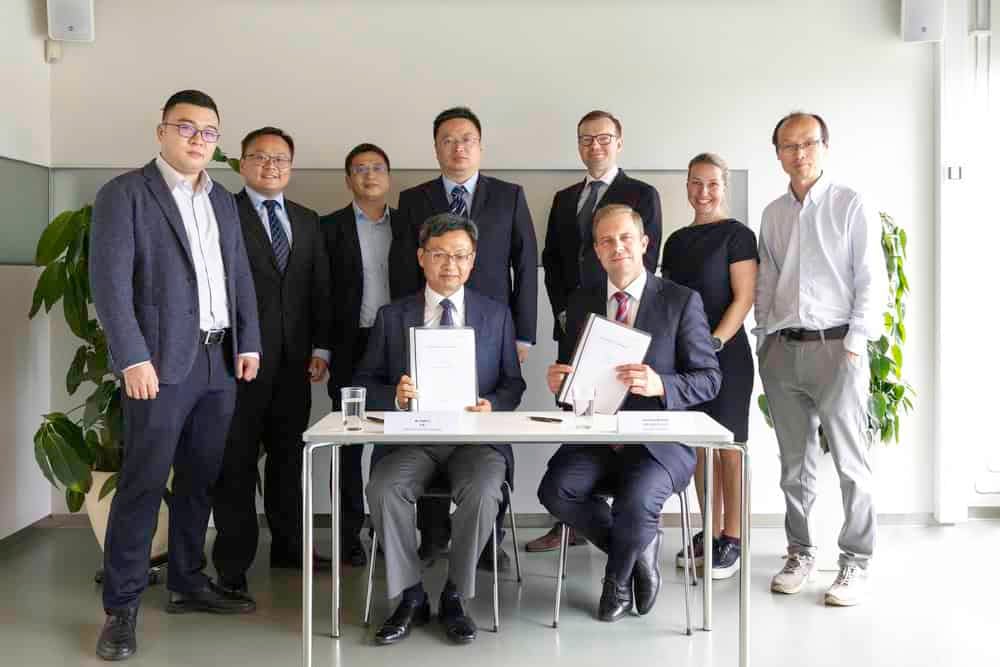
In the world of batteries designed to store electrical energy, the so-called Redox-Flow batteries have not had a major role to play as yet. The batteries have a few drawbacks. They are unable to withstand great heat, for one thing. They no longer work above temperatures of 40 degrees Celsius. Secondly, they are not particularly environmentally friendly owing to their use of heavy metals such as vanadium.
One of the leading institutes that is researching this type of battery is the Friedrich-Schiller University in Jena, (Germany) which now claims to have made a breakthrough in both the environmental friendliness of Redox-Flow batteries and the temperature at which they can be used.
What is a Redox Flow battery?
A Redox-Flow battery can also be regarded as a liquid or wet battery that is made up of two compartments which are separated from each other by a membrane. Both compartments contain fluids that can conduct current (an electrolyte). The liquid in one compartment is positively charged while the other is negatively charged.
The first known liquid batteries were what are referred to as Vanadium Redox Batteries (VRBs). These make use of a vanadium connection. Later, other types of electrolytes were trialed with, for example, sodium chloride and zinc bromide.

Iron connection
What Jena claims to have been successful with now is a new kind of water-soluble organic compound (polymer) that contains iron and has no toxic substances. It can therefore be stored in tanks without risk and without any loss of energy. “The iron enables electrical current to be stored,” says Professor Ulrich Schubert of the Center for Energy and Environmental Chemistry Jena (CEEC Jena). “At the same time, the battery operates with this polymer at up to 60 degrees Celsius, which eliminates many of the cooling issues.”
A general advantage of Redox-Flow batteries, according to Schubert, is that they can store energy in a decentralized way in both small and extremely large batteries. Now that the heat problem has largely been resolved, they are also suitable for warm regions such as Africa, India or Brazil. “This means that the Redox-Flow batteries have enormous potential to function as future power storage systems.”
The research from Jena has been published in the energy journal Advanced Energy Materials.








